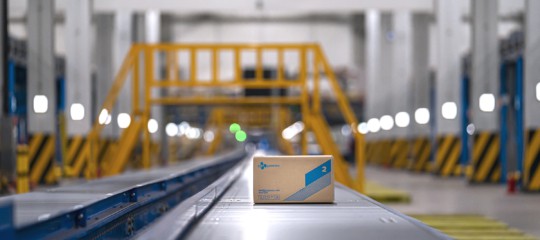Uncertainty – the word most often used in analyses of the current business environment and predictions for what’s to come later in 2023 and into 2024. Whether or not there will be a recession, and what that means, seems to depend on what economist you’re listening to.
While economic analysts do see a global/European recession as likely inevitable, they aren’t in agreement on whether there will be a recession in the United States. Some, like Dr. Ira Kalish, Chief Global Economist at Deloitte, believe the US will probably avoid recession — “if energy prices fall, employment growth remains strong and there is an easing of supply chain difficulties” – though a recession remains a possibility. Others like Nathan Feathers, CFO at PrimeRevenue, writing in Fast Company, agree with analysts who “cite economic indicators that do, in fact, point to a likely recession.”
Those indicators – rising interest rates, a bear market, geopolitical conflict/turmoil, the European energy crisis, vulnerable supply chains, a precarious labor market, the increasing cost of labor, goods and energy, changing consumer demand, European/global recession and more – described as headwinds and rough waters in various media, do conjure up a stormy time.
“NABE Outlook Panel Predicts U.S. Economy Likely to Weather Serial Crises,” the headline over the summary of the May 2023 Outlook from National Association for Business Economics (NABE), might be a more reassuring way of describing the situation, although the professional forecasters surveyed do differ in their assessments. “Respondents to the latest NABE Outlook Survey are divided as to whether a recession in the U.S. is likely in the next year,” said NABE President Julia Coronado, founder and president, MacroPolicy Perspectives LLC. “However, the median forecast calls for economic growth through 2024 to be modest. On balance, the panel expects higher interest rates in 2023 than forecasted in the February 2023 Outlook Survey. Interest rates are expected to decline and inflation is expected to slow in 2024, while job growth is anticipated to moderate, and the unemployment rate to rise.”
What does this all mean for the supply chain industry? According to Supply Chain Brain (SCB), March 9, supply chain prospects, while not as strong as before the pandemic, seem positive in 2023, with recovery picking up pace and shipping congestion becoming more manageable. Anticipating a return to normalcy sometime in 2023, SCB sees a “glimmer of hope” as “the world of supply chains appears to be on the mend.” SCB does point out that supply chains must be strengthened and suggests the first step is to identify vulnerabilities to anticipate and manage operational environments that evolve rapidly.
In April, SCB said, “After three years of crisis, the data show that supply chain conditions are improving. That will allow supply chain leaders in 2023 to resurrect initiatives that may have been sidelined — including data and digitalization programs and sustainability efforts.”
Supply Chain Dive says that while threats remain in an uncertain economic environment supply chains might finally be approaching balance as “businesses are already beginning to rightsize their operations through layoffs and find savings by making their supply chains as productive as possible.”
At the beginning of this year, Gary Master, publisher of DC Velocity and COO of Agile Business Media, spoke about what’s ahead for logistics and supply chain, addressing the labor/employment situation in the industry with reports both of massive layoffs and the shortage of workers. “Whether we’re in a recession or not, there’s no indication that the shortage of frontline workers will ease anytime soon,” Master said. “DC leaders have to make up the difference somewhere, and it has to be through productivity gains achieved through automation and advanced technology.”
In Forbes, PJ Bain, Chief Executive Officer at PrimeRevenue, wrote about the supply chain outlook. “While the headwinds are beyond the control of any individual buyer or supplier, business leaders can focus on being informed and being situationally aware and equipped with the right tools in their arsenal,” Bain said. “Leaders with that knowledge, awareness and liquidity will be set up for success, even through uncertain and volatile times.
At CJ Logistics America, leadership continues to monitor market trends and to explore innovative technology solutions to be used throughout the company’s operations, always seeking to provide employees with the right tools and support to enable them to fulfill their roles in a safer, more sustainable, more productive manner.
CJ Logistics’ innovative TES solutions fuse technology, optimal processes and advanced IT services. Solutions include Remote Operation, Artificial Intelligence (AI), Automation, Advanced Material Handling Equipment (MHE), tuggers, conveyor systems, robotic systems, and more.
CJ Logistics provides integrated supply chain services for customers around the world, maximizing customer value through continuous improvement and innovation. For information about CJ Logistics America’s supply chain management solutions:



